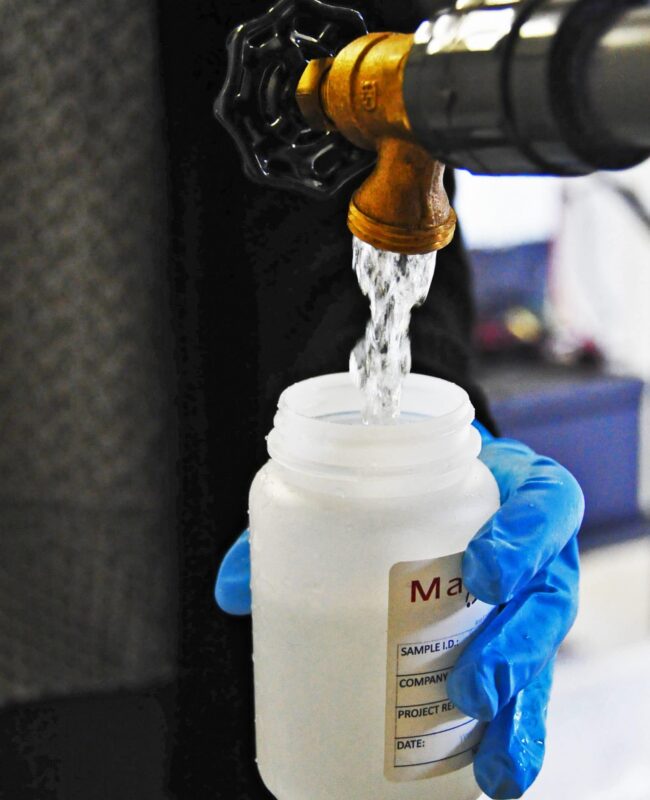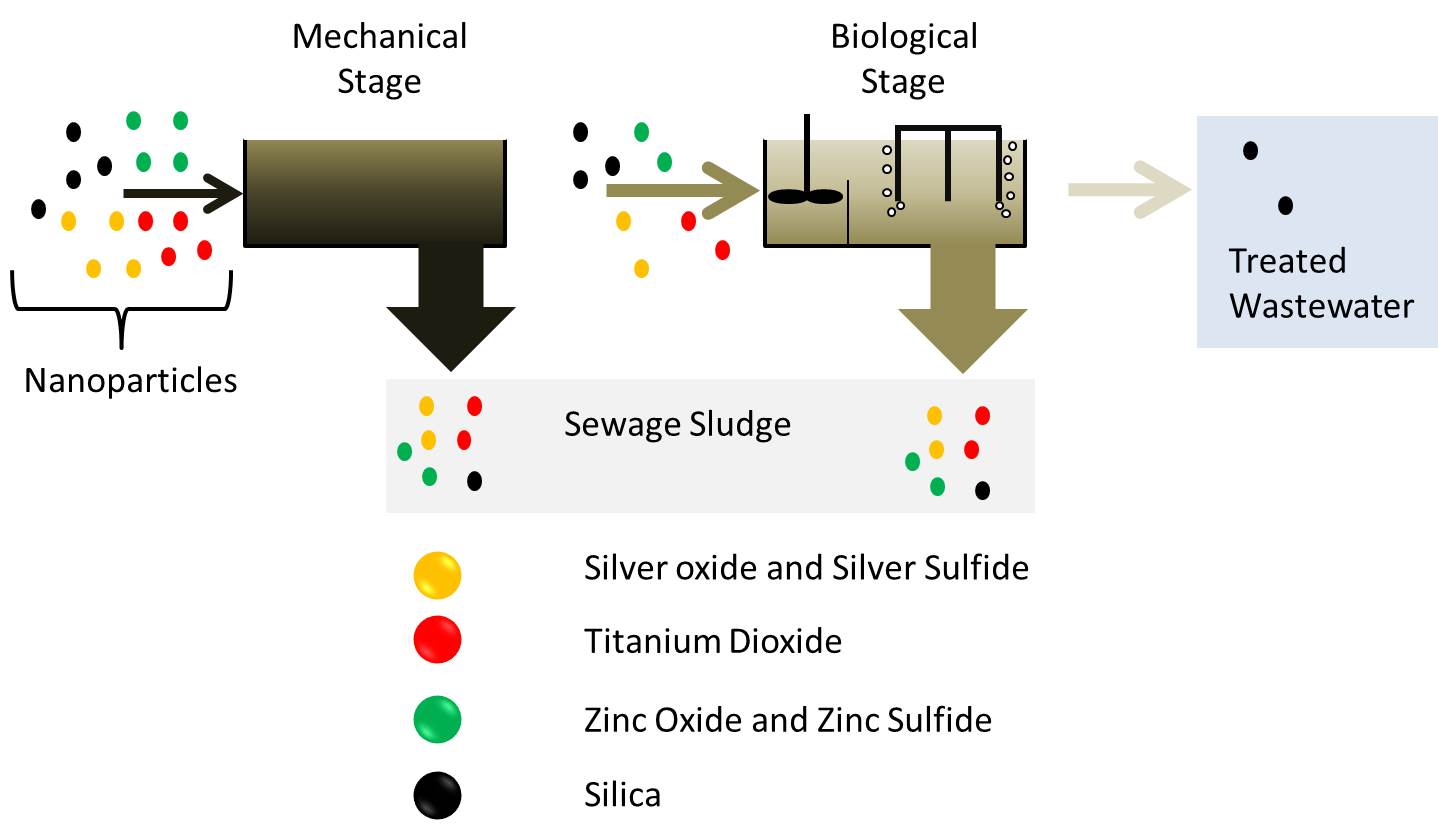The Residential Water Treatment System Statements
Table of ContentsThe Only Guide for Residential Water Treatment SystemThe Ultimate Guide To Residential Water Treatment SystemThe Basic Principles Of Residential Water Treatment System Unknown Facts About Residential Water Treatment System
5)5. 1 The demand for massive water therapy, Water treatment is the process of removing all those materials, whether organic, chemical or physical, that are potentially unsafe in supply of water for human and residential usage. This treatment helps to create water that is risk-free, palatable, clear, colourless and also odourless. Water additionally needs to be non-corrosive, meaning it will not create damages to pipework.This produces a need for large quantities of safe water to be provided accurately and continually, as well as this demand is expanding. As metropolitan populaces increase, there is a need to locate new resources to satisfy the expanding demand. If groundwater is available this can typically be utilized with minimal therapy however any kind of surface area water source will certainly require to be treated to make it secure.
6 explains how this estimation is made however initially you will certainly consider the main phases in the water treatment procedure. 5. 2 Stages in large-scale water treatment, There are frequently 7 actions (Figure 5. 2) in large-scale water treatment for urban community water (Abayneh, 2004). Each of the actions will be explained in turn in this area.

The Ultimate Guide To Residential Water Treatment System
Here the water is gently mixed by paddles in a flocculation container (Figure 5. 5) as well as the flocs enter call with each various other to develop larger flocs. The flocculation basin often has a variety of compartments with lowering blending speeds as the water advancements with the basin (Figure 5.
6(b)) for numerous hours for sedimentation to occur. The product collected at the base of the container is called sludge; this is gotten rid of for disposal. 5.2. 5 Purification, Filtering is the procedure where solids are divided from a fluid. In water therapy, the solids that are not separated out in the sedimentation container are gotten rid of by passing the water via beds of sand and also crushed rock.
7), with a flow rate of 48 cubic metres per square metre of filter surface area per hour (this is written as 48 m3 m2 h1) are usually utilized. When the filters have plenty of caught solids, they are backwashed. In this procedure, tidy water and also air are pumped backwards up the filter to remove the trapped contaminations, and also the water carrying the dust (referred to as backwash) is pumped right into the sewerage system, if there is one.
6 Chlorination, After sedimentation, the water is disinfected to get rid of any kind of staying pathogenic micro-organisms. The most typically utilized anti-bacterial (the chemical used for disinfection) is chlorine, in the form of a fluid (such as salt hypochlorite, Na, OCl) or a gas.
The Best Strategy To Use For Residential Water Treatment System
The amount of chlorine left after this is called residual chlorine. This stays in the water all the means through the distribution system, shielding it from any type of micro-organisms that could enter it, till the water gets to the consumers. World Wellness Company Standards (THAT, 2003) suggest an optimum recurring chlorine of 5 mg l1 of water.

7 Auxiliary therapy, Extra therapy might sometimes be needed for the advantage of the population. One such instance is the fluoridation of water, where fluoride is included in water. It has actually been specified by the Globe Health Company that 'fluoridation of water products, where possible, is the most efficient public health and wellness measure for the prevention of oral decay' (WHO, 2001).

The Greatest Guide To Residential Water Treatment System
What does excess fluoride in the water lead to? The most basic method of doing this is to blend the high-fluoride water with water that has no (or really little) fluoride so that the last combination is safe.
The 2 chemicals are added to and quickly blended with the fluoride-contaminated water and after that the water is mixed gently. Flocs of aluminium hydroxide form as well as these eliminate the fluoride by adsorption and ion exchange. The flocs are then removed by sedimentation. 5.3 Management of wastes from water therapy plants, From the water treatment procedure that you have simply studied, make a listing of the various wastes that develop.
In the latter it is added to the incoming sewage, where it can assist settlement of solids. The backwash from the sand filter is discharged into the sewer or gone back to the river after settlement of solids. Packaging waste such as address chemical drums can be gone back to the supplier for reuse.
5.4 Sustainability and also resilience in water treatment, In Research study Session 4 you review some aspects that can influence the sustainability of a water source. As an example, decreasing dirt erosion by planting trees as well as maintaining plants can lower the quantity of silt that builds up in a tank as well as extend this page its life.